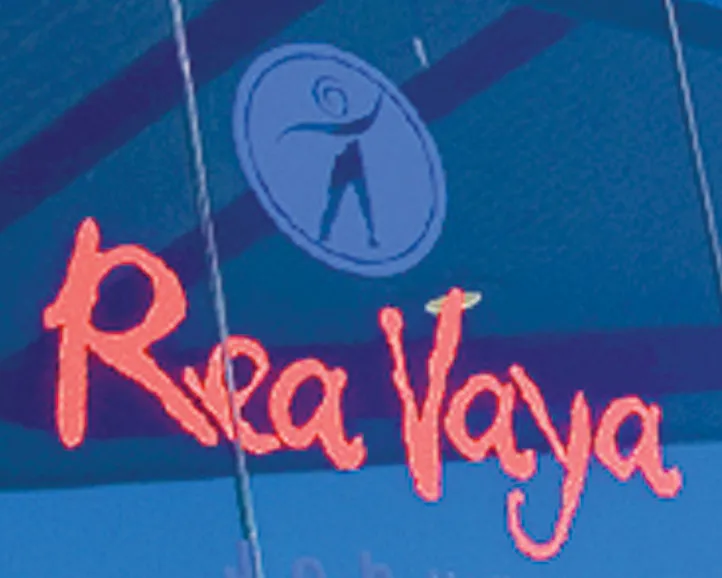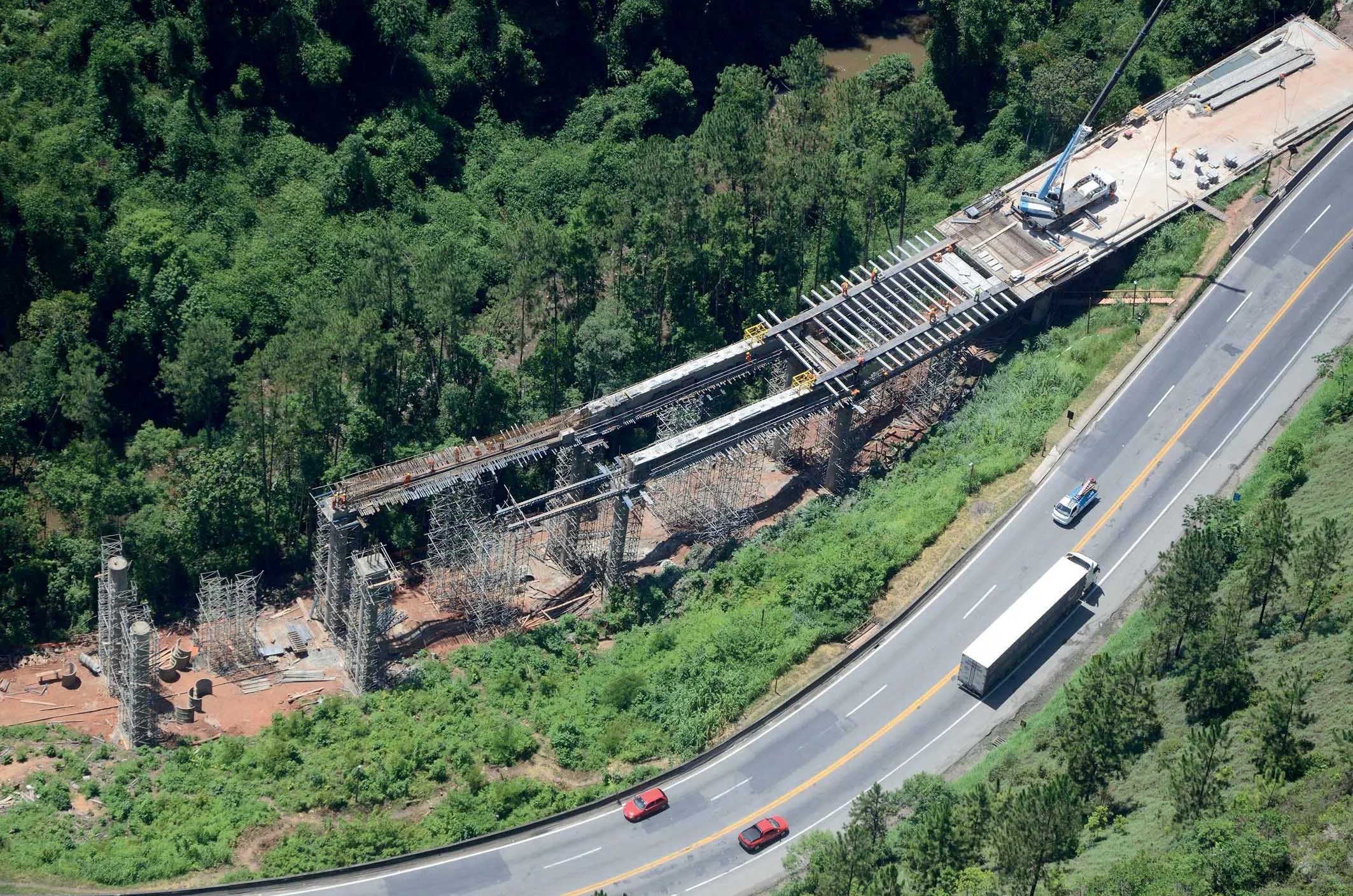Less than 20% of the announced urban mobility projects in Brazil have their work under way or have been concluded.
The low volume is said to highlight the difficulty of the public sector providing rapid responses to the country's infrastructure needs. The latest report on the PAC 2 accelerated growth programme shows that just 47 of the 229 projects with federal investment have some work in progress, with only seven of the projects having been inaugurated, with the rest still in tender phases or having feas
February 20, 2014
Read time: 2 mins
Less than 20% of the announced urban mobility projects in Brazil have their work under way or have been concluded.
The low volume is said to highlight the difficulty of the public sector providing rapid responses to the country's infrastructure needs. The latest report on the PAC 2 accelerated growth programme shows that just 47 of the 229 projects with federal investment have some work in progress, with only seven of the projects having been inaugurated, with the rest still in tender phases or having feasibility studies prepared.
Projects with close to zero work having been carried out thus far include the Brasilia metro system, light rail vehicles in North East cities, and bus lanes in cities such as Uberlandia, Minas Gerais, and Piracicaba, Sao Paulo. The delays also affect projects which had been part of the PAC for the1556 World Cup 2014, with the light rail vehicle in Brasilia, and the monorail planned for Manaus now having no set conclusion date.
Planning minister Miriam Belchior has stated that the World Cup will be possible without the planned investment in mobility.
The low volume is said to highlight the difficulty of the public sector providing rapid responses to the country's infrastructure needs. The latest report on the PAC 2 accelerated growth programme shows that just 47 of the 229 projects with federal investment have some work in progress, with only seven of the projects having been inaugurated, with the rest still in tender phases or having feasibility studies prepared.
Projects with close to zero work having been carried out thus far include the Brasilia metro system, light rail vehicles in North East cities, and bus lanes in cities such as Uberlandia, Minas Gerais, and Piracicaba, Sao Paulo. The delays also affect projects which had been part of the PAC for the
Planning minister Miriam Belchior has stated that the World Cup will be possible without the planned investment in mobility.







